The original Gothic Architectural Style was actually developed to bring sunshine into people’s lives, and especially into their churches. Because many of us know that, the association of the word “Gothic” to dark, haunted houses, Wuthering Heights, or ghostly pale people wearing black nail polish and ripped fishnets. To get past the accrued definitions of the centuries, it’s best to go back to the very start of the word Gothic, and to the style that bears the name. The Goths were a so-called barbaric tribe, who held power in various regions of Europe, between the collapse of the Roman Empire and the establishment of the Holy Roman Empire (so, from roughly the fifth to the eighth century).
They were not renowned for great achievements in architecture. As with many art historical terms, “Gothic” came to be applied to a certain architectural style after the fact.
Gothic Architectural Style and Characteristics
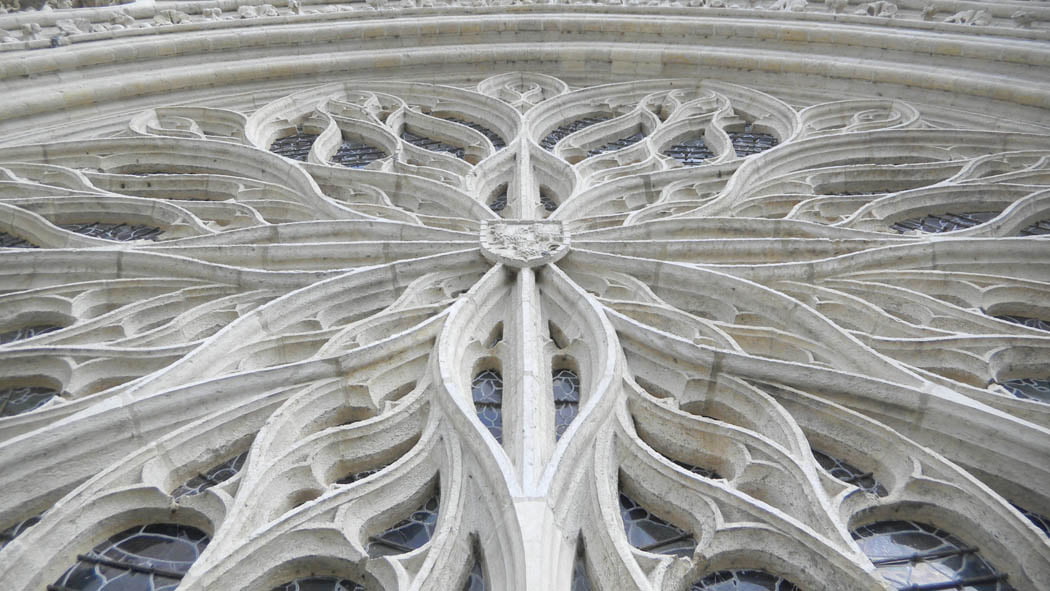
-
Gothic Architecture Characteristics:
There are three things that make Gothic Architecture Characteristics:
- The Pointed arch
- The Ribbed vault
- The Flying buttress
-
Gothic Architectural Style:
Gothic architecture, architectural style in Europe that lasted from the mid 12th century to the 16th century, particularly a style of masonry building characterized by cavernous spaces with the expanse of walls broken up by overlaid tracery.
In the 12th-13th centuries, feats of engineering permitted increasingly gigantic buildings. The rib vault, flying buttress, and pointed (Gothic) arch were used as solutions to the problem of building, a very tall structure while preserving as much natural light as possible.
Stained-glass window panels rendered startling sun-dappled interior effects. One of the earliest buildings to combine these elements into a coherent style was the bbey of Saint-Denis, Paris (c. 1135–44).
The High Gothic years (c. 1250–1300), heralded by Chartres Cathedral, were dominated by France, especially with the development of the Rayonnant style. Britain, Germany, and Spain produced variations of this style, while Italian Gothic stood apart in its use of brick and marble rather than stone.
Late Gothic (15th-century) architecture reached its height in Germany’s vaulted hall churches. Other late Gothic styles include the British Perpendicular style and the French and Spanish Flamboyant style.
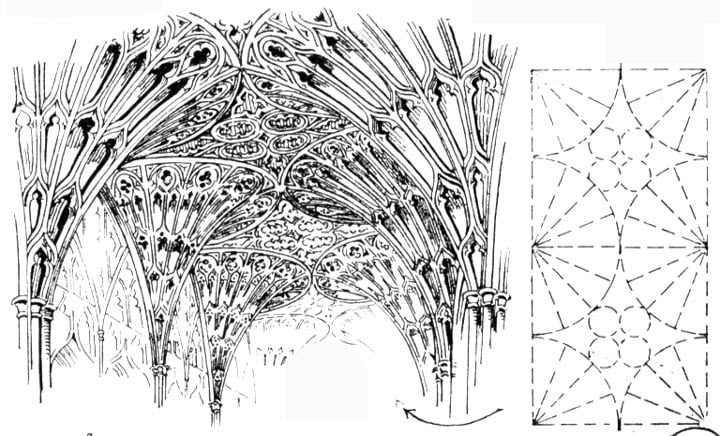
-
The Seven Key Characteristics of Gothic Architectural Style:
- Grand, Tall Designs, Which Swept Upwards With Height and Grandeur
- The Flying Buttress
- The Pointed Arch
- The Vaulted Ceiling
- Characteristic – The Light and Airy Interior
- The Gargoyles of Gothic Architecture
- The Emphasis Upon the Decorative Style and the Ornate
-
Gothic Architectural Style’s Pictures:
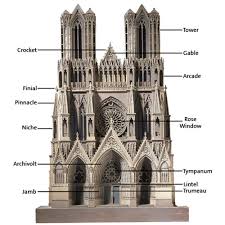
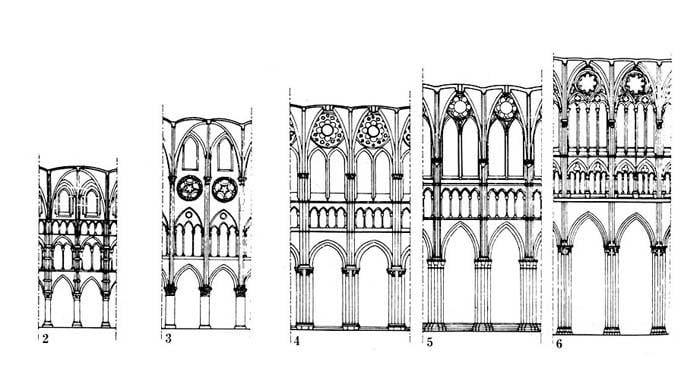
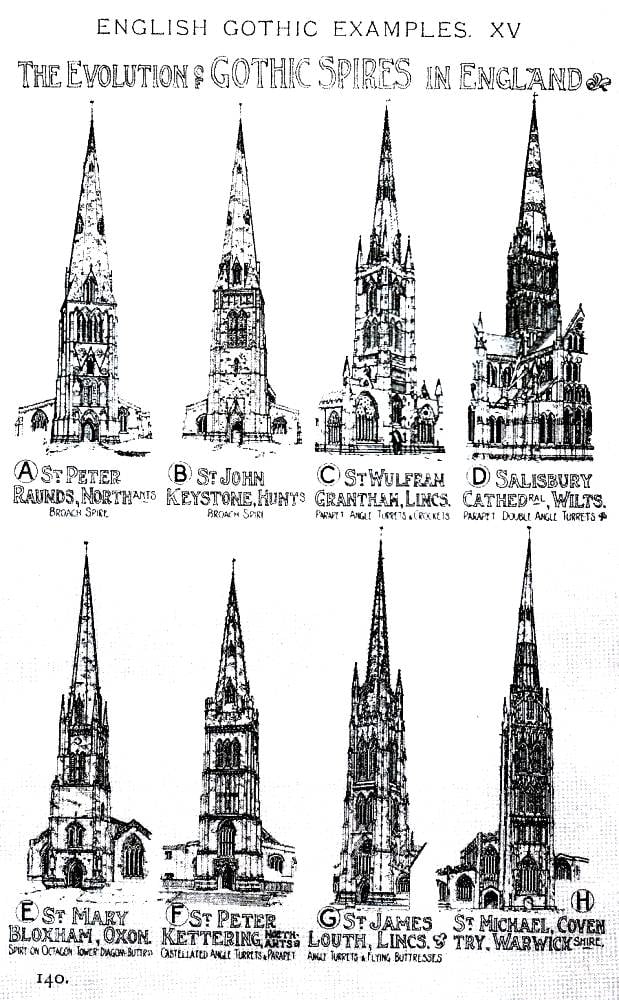
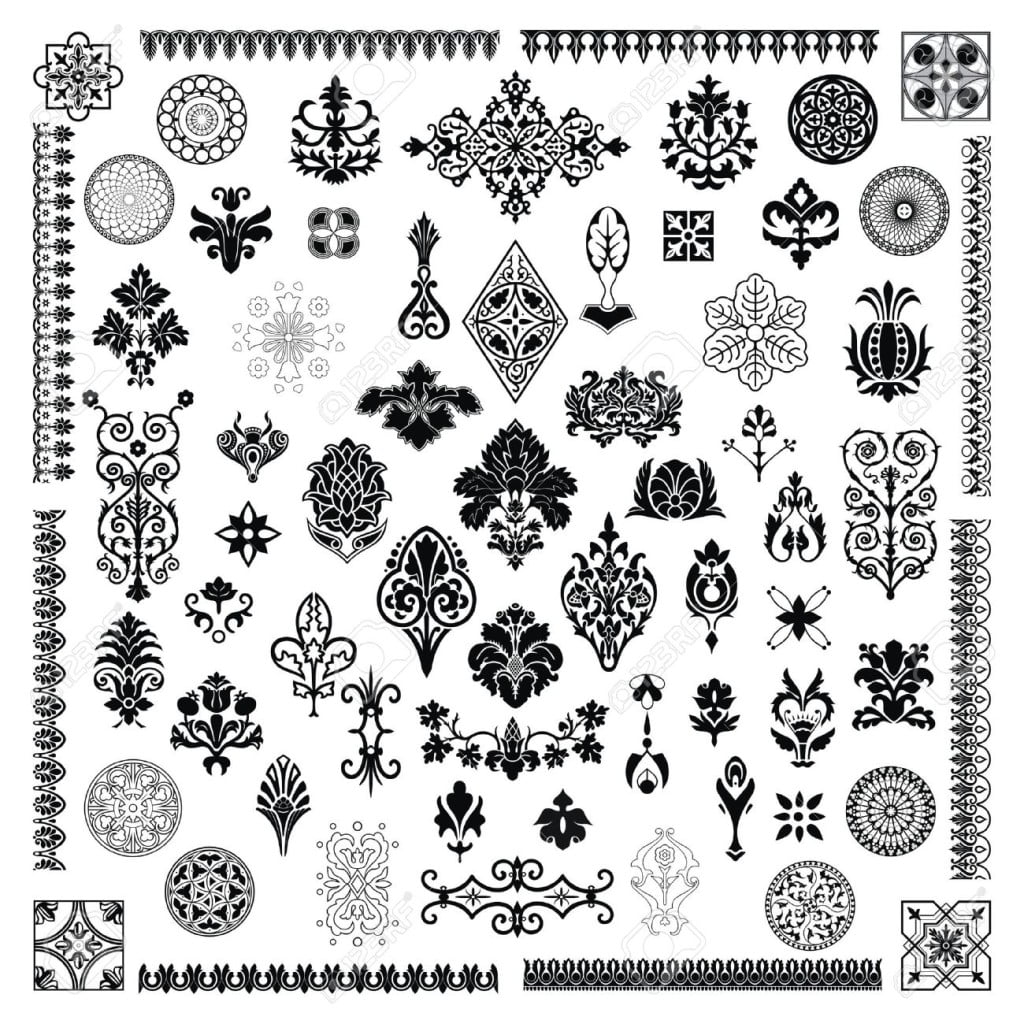
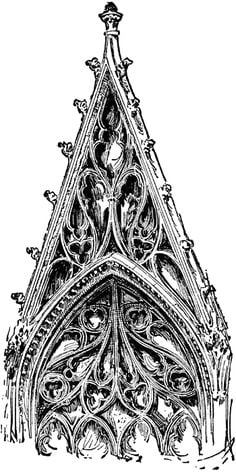
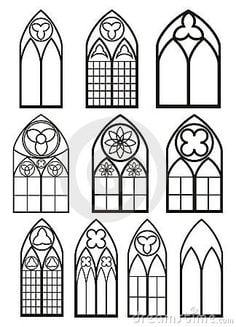
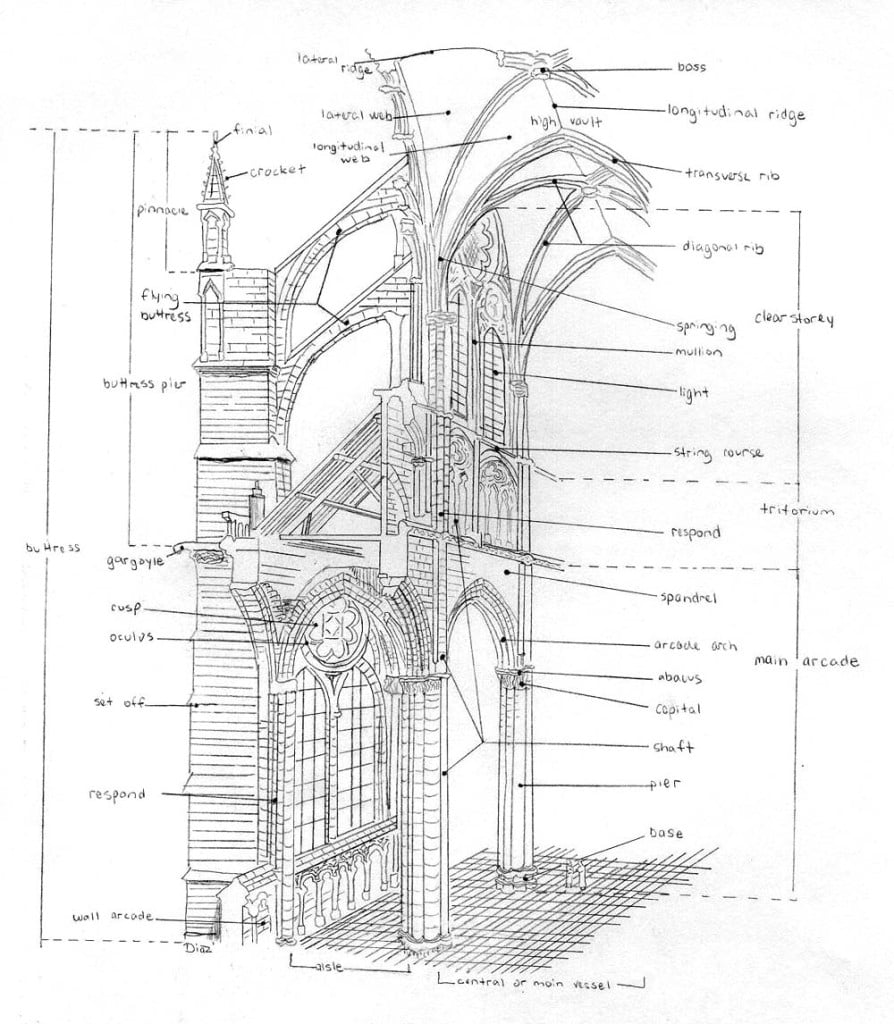
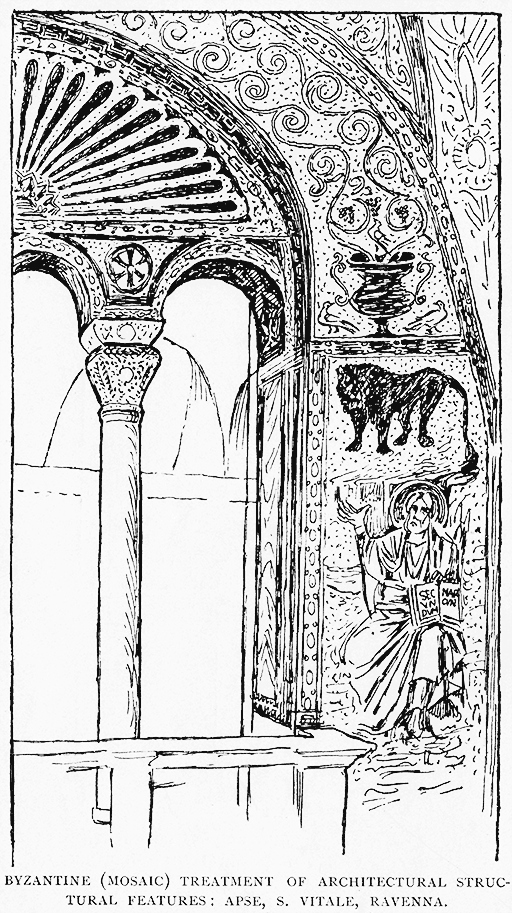
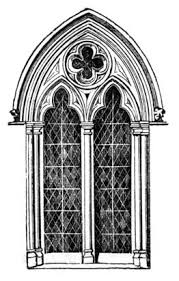
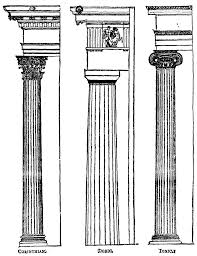
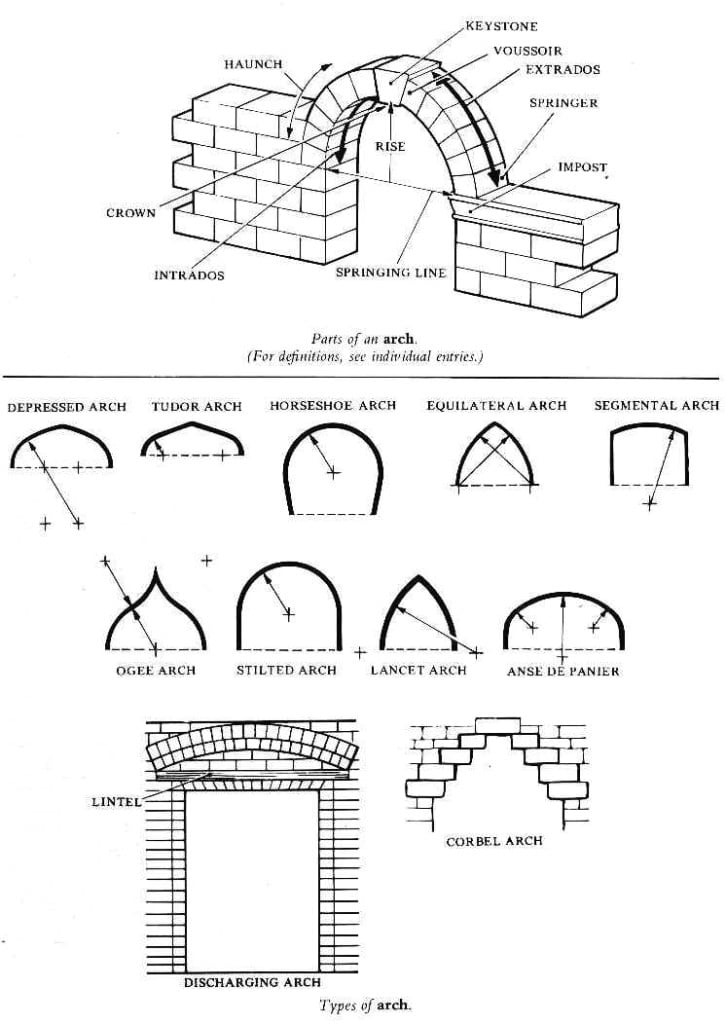
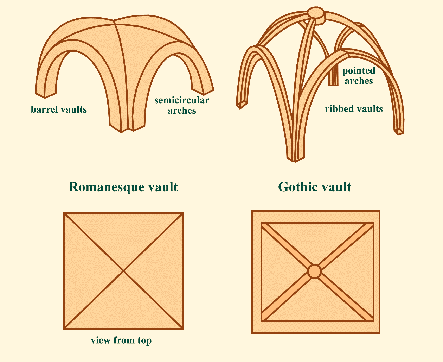
Gothic architecture is a style of architecture, that flourished during the high and late medieval period. It evolved from Romanesque architecture and was succeeded by Renaissance architecture. Originating in 12th-century France and lasting into the 16th century, Gothic architecture was known during the period as Opus Francigenum (“French work”) with the term Gothic first appearing during the latter part of the Renaissance.







Leave a Comment
You must be logged in to post a comment.